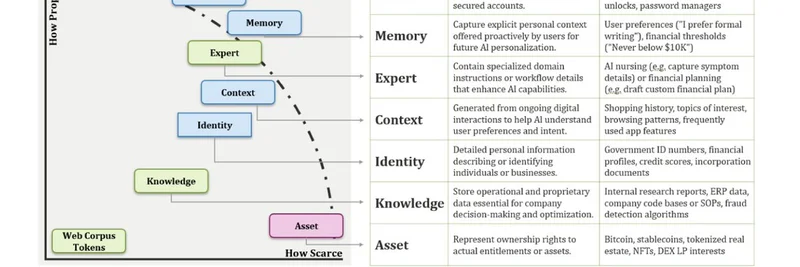In the fast-evolving world of crypto, where meme tokens often steal the spotlight with their viral appeal, a recent thread from Altcoinist.com on X has sparked intriguing discussions. The post highlights Ribbit Capital's Token Taxonomy v2025, emphasizing that not all tokens are built the same. This framework breaks down tokens into categories based on their utility and value potential, offering a fresh perspective for blockchain enthusiasts and meme token investors alike.
The thread kicks off with a bold claim: "this is the most important page of the next decade," pointing to Ribbit Capital's insights. It references $TIBBIR, a meme token that's gaining traction in this context. The taxonomy itself is visualized in a detailed diagram, showing a hierarchy from high-value potential tokens like Access down to more foundational ones like Asset.
Let's break it down simply. At the top, Access Tokens provide authorization to sensitive info or accounts, think payment credentials or biometric unlocks. These are crucial for secure interactions in decentralized systems.
Next up, Memory Tokens capture personal context explicitly, like user preferences or financial thresholds—stuff that helps AI personalize experiences without overstepping.
Expert Tokens hold specialized knowledge, enhancing AI capabilities in domains like nursing or financial planning. They're like digital experts you can token-ize for better decision-making.
Context Tokens generate interactions based on user history and preferences, powering things like shopping recommendations or app features.
Identity Tokens deal with personal details, from government IDs to business profiles, ensuring verified interactions.
Knowledge Tokens store operational data for companies, aiding in optimization and fraud detection.
Finally, Asset Tokens represent ownership of real entitlements, like Bitcoin or NFTs—the ones we're most familiar with in crypto.
The taxonomy groups them into three colors: red for value (assets), green for expertise (expert, knowledge, web corpus), and blue for personalization (access, memory, context, identity). This setup hints at how tokens could evolve, especially with AI agents handling finances under "Know-Your-Agent" (KYA) protocols mentioned in the quoted post.
For meme token fans, this is exciting because projects like $TIBBIR are positioned at the intersection of fun and functionality. As the thread suggests, without KYA, agents can't manage mass finances, but with it, money becomes contextual—potentially boosting meme tokens that integrate these advanced token types.
Ribbit Capital's full knowledge base, linked in a reply (ribbitcap.com/knowledge), dives deeper. It's a reminder that while meme tokens thrive on community and hype, understanding underlying token mechanics can lead to smarter plays in the blockchain space.
As crypto matures, frameworks like this could guide the next wave of innovations, blending meme culture with serious tech advancements. Keep an eye on $TIBBIR and similar tokens—they might just embody this shift.



